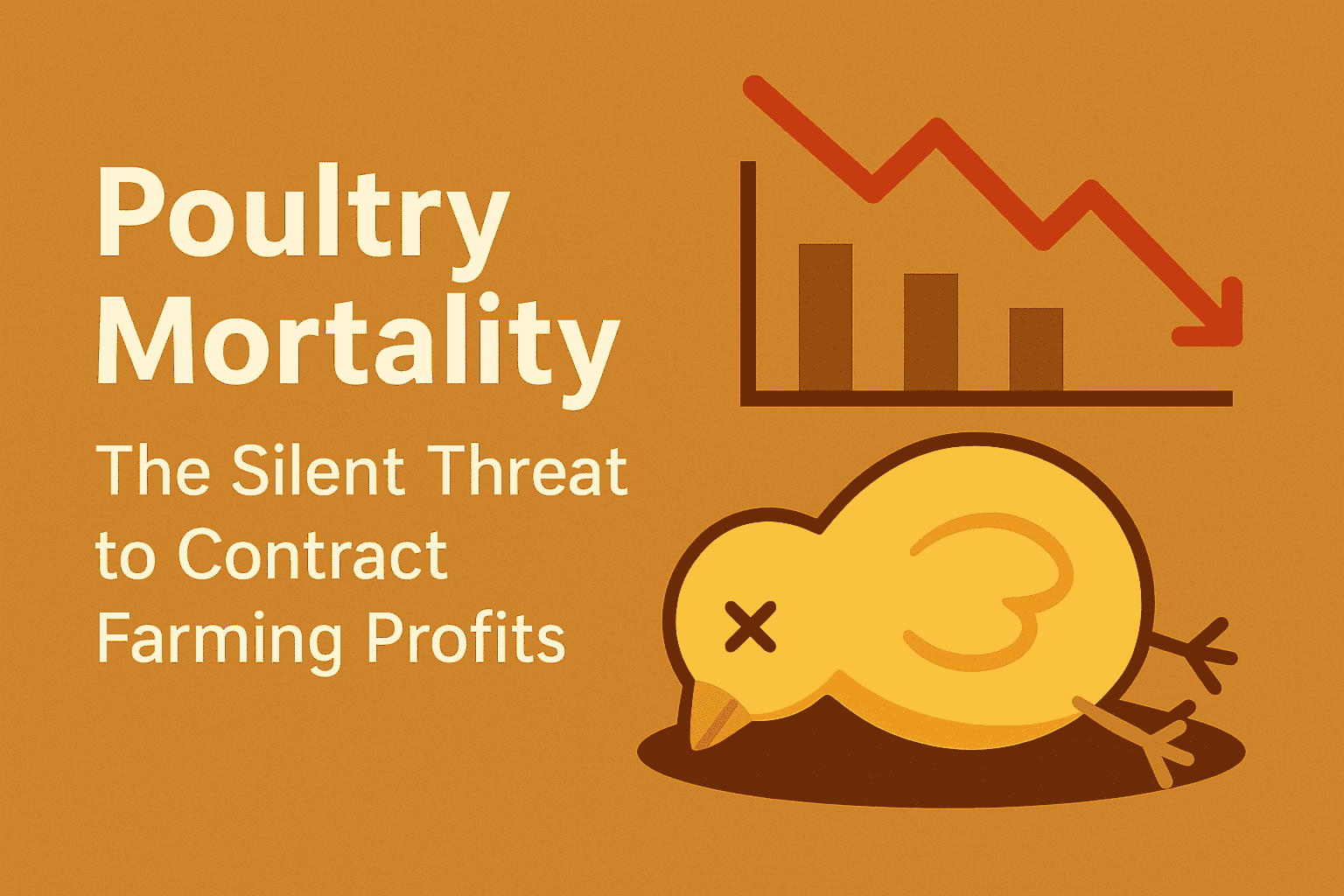As a poultry farmer, ensuring that your feed production system runs efficiently is essential for both cost management and the overall health of your flock. High-yield feed production allows you to optimize resources, reduce waste, and ensure that your birds receive the nutrition they need to thrive. In this post, we’ll discuss practical tips and best practices for maximizing feed production yields without sacrificing quality.
Understanding High-Yield Feed Production
High-yield feed production means producing more feed from the same amount of resources, ensuring maximum output while maintaining a consistent quality level. This involves optimizing every step of the feed production process, from ingredient sourcing to mixing and storage. By following key practices, you can enhance your feed production yields and minimize waste.
Tip One: Invest in Quality Ingredients
The foundation of any successful feed production system starts with the quality of ingredients used. Sourcing high-quality raw materials ensures that your feed is nutritionally balanced and cost-effective. By prioritizing top-grade ingredients, you avoid the costly consequences of having to supplement with additional additives or deal with poor feed conversion rates later on.
Tip Two: Streamline Feed Formulation
Efficient feed formulation is essential for achieving a high yield. Tailoring the recipe to match the specific needs of your poultry at different stages of their growth ensures that the feed is not only cost-effective but also nutritionally optimal. This approach reduces the amount of overused or wasted ingredients, resulting in more productive output and reduced feed costs. Regularly reviewing and optimizing your feed formulas can lead to significant improvements in feed production efficiency.
Tip Three: Monitor Production Efficiency
Tracking production efficiency is crucial to achieving a high yield. It’s important to assess the entire process, from ingredient handling to mixing and pelletizing. Maintaining high standards of hygiene and equipment functionality helps prevent breakdowns and inefficiencies that can reduce production output. Performing regular equipment maintenance and conducting quality checks can improve overall production consistency.
Tip Four: Reduce Feed Waste
Feed waste is a common issue in many feed mills. It can occur due to poor storage conditions, improper handling, or inefficient feeding systems. Ensuring that your feed is stored correctly, kept away from moisture, and properly sealed can drastically reduce spoilage. Additionally, optimizing the feeding process by adjusting portion sizes and avoiding overfeeding will further reduce feed waste and improve overall yield.
Tip Five: Invest in Technology and Automation
Incorporating technology into your feed production system can help you achieve higher yields. Automated systems, such as feed mixing machines, help streamline production, reduce human error, and increase consistency in ingredient distribution. Real-time data analysis also helps identify bottlenecks in the production process and provides insight into areas that need improvement. Investing in modern equipment will ultimately lead to more efficient feed production.
Conclusion
Maximizing feed production yield is not just about increasing output but ensuring that your production system operates as efficiently as possible. By investing in quality ingredients, optimizing feed formulations, monitoring efficiency, reducing waste, and incorporating technology, you can significantly improve your feed production yields. These best practices will not only save you money but also ensure that your poultry are getting the right nutrition at every stage of their development.




